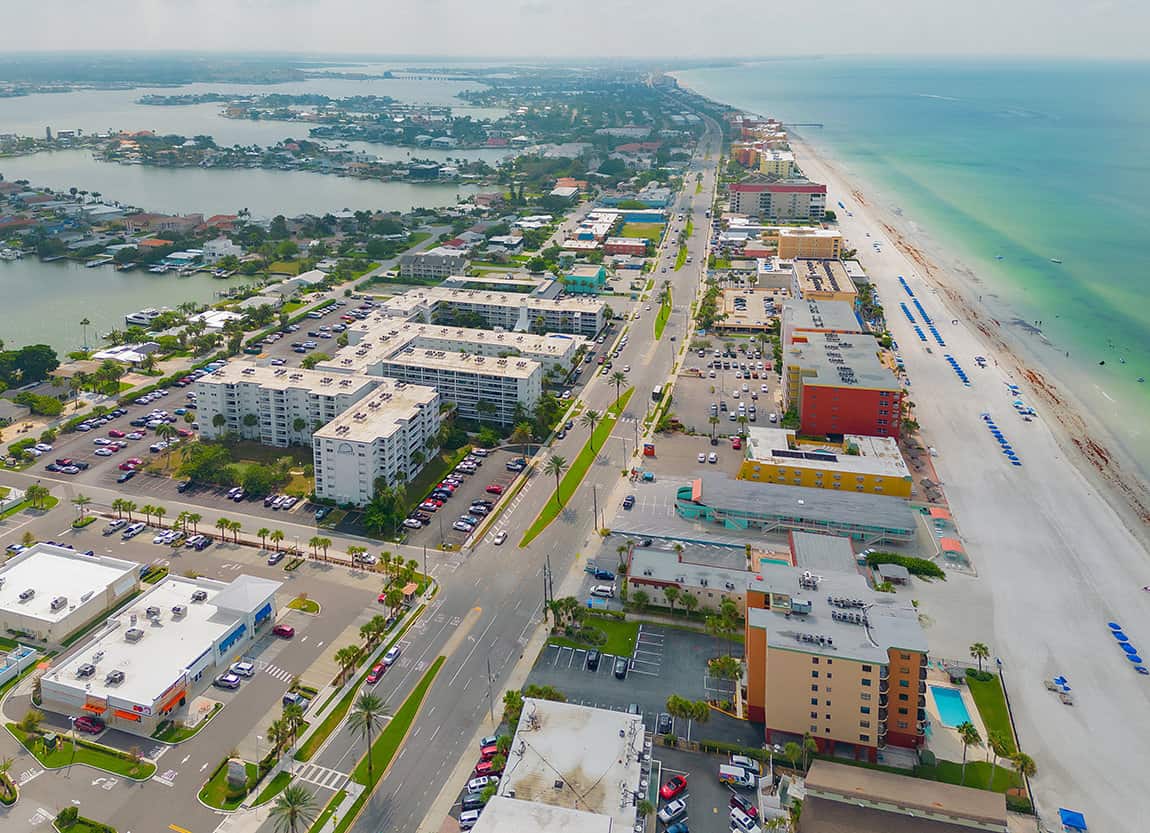Part 1 of our series on Starting a Short-Term Rental Business
When it comes to real estate investing, short-term rentals present a promising opportunity. With the rise of platforms like Airbnb, VRBO and Google Vacation Rentals, this market has seen a major uptick in recent years. However, like any investment, short-term rentals are not something you just jump right into. To ensure success, proper research is key. In this article, we will outline the major focal points for researching potential short-term rental properties. Finding the right short-term rental property can be very lucrative and a big step to long term wealth building. However, there is work involved, so understanding the process and industry is important for success.
Location, location, location
The location of a short-term rental property is perhaps the single most important factor to consider. Not only will it impact the price you can set for your rental, but it will also affect your booking rate. Historically the most successful short term rentals are located within close proximity to areas such as:
- Beaches
- National parks
- Mountains
- University towns
- Theme parks
- Larger cities with an abundance of activities and events
- Tourist destinations with historical interest
So it’s important to think about why these areas are so desirable. With proximity to popular attractions or the ability to walk to nearby restaurants and shopping, your short-term rental property can become very popular very quickly. By understanding your target market, you can select a location that meets the needs of potential renters.
To assist in your research, there are some valuable tools you can utilize to help zero in on more lucrative locations. We use AirDNA for most of our research, and for your preliminary research, several of the components are free to use.
Know the competition
Once you’ve identified a promising location for your short-term rental, it’s important to understand the competition in the area. An easy way to do this is to head over to Airbnb and VRBO to see what other short-term rentals are available in the same area. Pay close attention to details like listing titles, descriptions and photographs. And most importantly, reviews.
Next, check the calendars for a few properties to gauge how many bookings a property has in various months. And then enter a few random dates to understand what the rental rates look like. Review the descriptions and titles to see how these property owners are positioning their short-term rentals.
Finally, a tool like AirDNA can help you understand potential revenues for your property by entering in the specific address of properties you are considering investing in.
Evaluating potential revenues and returns
While we all tend to focus on short-term rental monthly revenues and subsequent cash flow, your actual return on a property encompasses several other factors you will want to consider before investing. In short, you can be paid five different ways on any type of investment property, including short-term rentals:
- Monthly cash flow
- Debt pay down
- Appreciation
- Depreciation
- Tax benefits
You can find several good, free calculators online to help you understand the math on a short-term rental. Also, our experience has shown that short-term rental cash flow will tend to improve over time as you gain reviews and optimize your daily rates.
In the beginning it will be important to consider factors such as the purchase price, potential renovation costs, furniture and decor expenses, listing fees, cleaning fees and utilities. Calculate your expected occupancy rate and nightly rental rate to estimate your potential earnings. If the numbers don’t make sense, move on to another property.
Potential Rental Properties
Ok, let’s continue on our path to finding the right short-term rental property. Let’s say you’ve found a good short-term rental location and the financial math works. Now it’s time to take a closer look at the physical property itself to gauge overall condition, layout and occupancy potential.
When we evaluate a property, we utilize what we’ve learned from past guests and reviews. Here are a few considerations that don’t always seem obvious:
- Stairs
- Neighbors
- Parking
- Walkability
- Lighting
- Geography
Let’s break these considerations down.
Stairs – does the property require stairs in order to access the property? Or, are there stairs up or down within the property itself? Various guests may have issues navigating stairs.
Neighbors – how close are any neighbors? Is the property located in an area with abundant short-term rentals, or, is it isolated in a residential area? Local regulations aside, give consideration to neighboring properties, potential noise issues from those properties or other distractions for your guests.
Parking – this is a big one. Parking can be a stressful scenario for guests. Is there assigned parking? A private driveway? Parking passes required, etc? Parking will be one of the big questions/inquiries you may receive. It’s especially common for late arriving guests who may be confused as to where to park.
Walkability – is the surrounding area attractive and well kept? Does it seem safe to walk in the neighborhood. Can a guest easily walk to a store, restaurant or attraction? We would rate walkability as one of the top consideration factors when potential guests are looking to rent a property.
Lighting – is the surrounding area well lit for guests? Conversely, are there bright street lights or signage that might bother your guests?
Geography – is there a steep mountain driveway that gets snow covered? How easy is it to find the property, especially at night?
Now let’s talk about the physical nature of the property. Guests love interesting or unique properties or property features. For example, does the property have any cool design features such as mid-century styling, decks, lofts, etc. Put yourself into the mindset of your guests and what they might find interesting or different than their own home.
Take note of any issues that need to be addressed (e.g., peeling paint, outdated appliances, etc.). Determine what renovations or upgrades will be necessary to attract renters and increase your ROI. Consider bringing in a real estate agent or contractor to get a professional opinion.
Learn the local regulations
Finally, it’s important to understand the local regulations related to short-term rentals. Laws and regulations vary by city and state, and they change frequently. Some areas prohibit short-term rentals altogether, while others require certain permits or taxes. Additionally, while local regulations might permit short-term rentals, entities such as HOAs may not allow them. Or conversely, they might welcome them.
Familiarize yourself with the local laws before investing in a property. Failure to comply with regulations can result in fines or having to shut down your short-term rental.
Conclusion:
Investing in short-term rental properties can be a lucrative business, but it’s not without some risk and effort. By taking the time to research potential properties before making a purchase, you can increase your chances of success for finding the right short-term rental property. Start by considering the location, evaluating potential ROI and checking out the competition. Take a hands-on approach and get a feel for the property from the perspective of guests who would stay there. Finally, be sure to familiarize yourself with the local regulations related to short-term rentals. With these tips in mind, you’ll be on your way to becoming a successful short-term rental property investor.
Recent Posts
A Security Camera Overview As an Airbnb or VRBO host, your top priorities are the safety of your guests, the protection of your property, and providing a secure environment that allows your guests...
As we delve into the increasingly popular world of short-term rentals, it's no surprise that many of us are intrigued by the potential to tap into this lucrative trend. One opportunity that stands...

